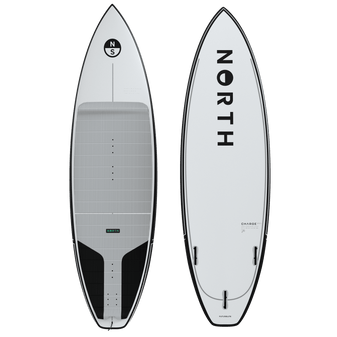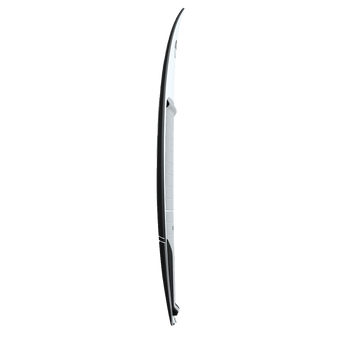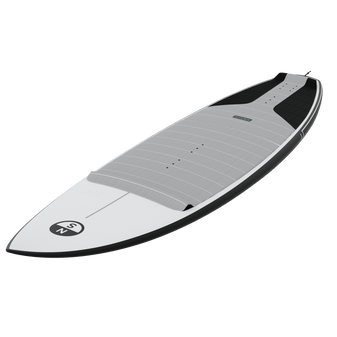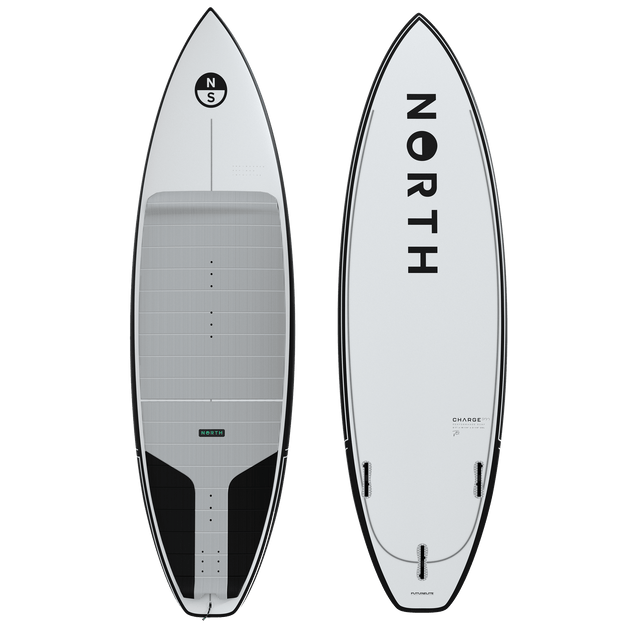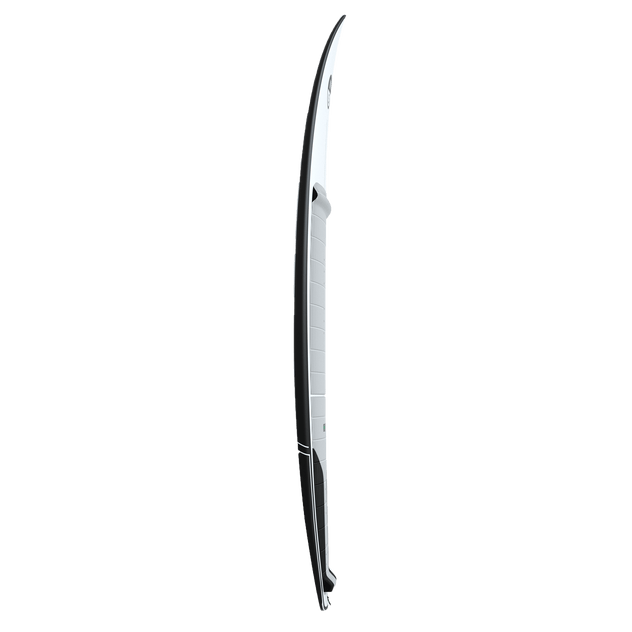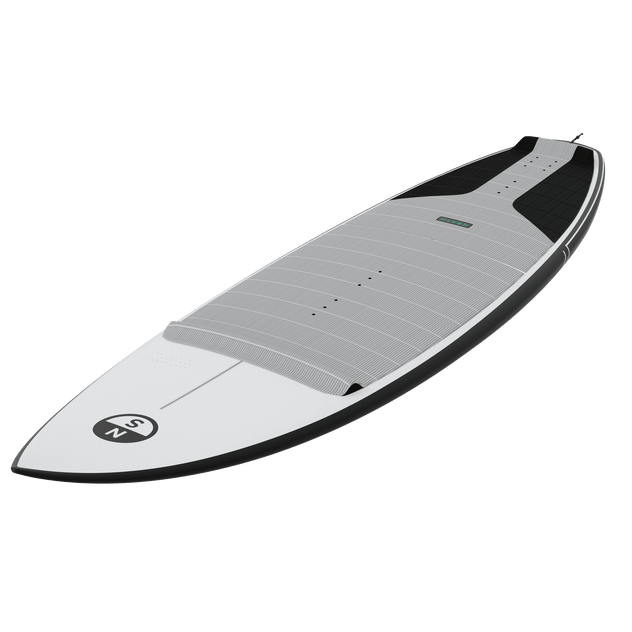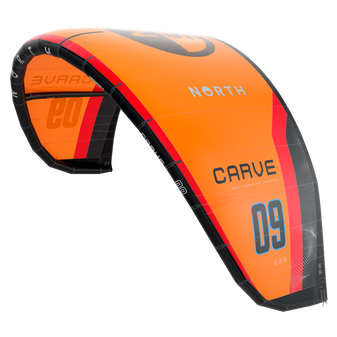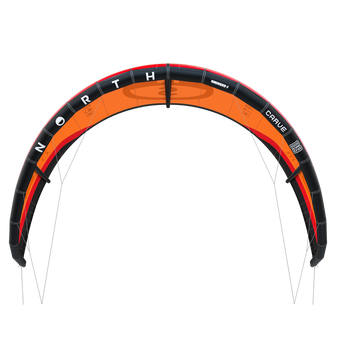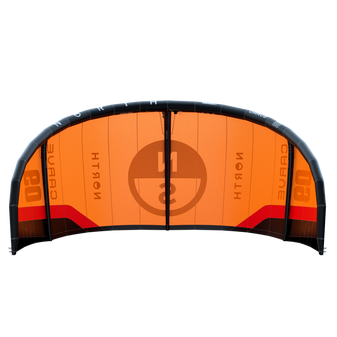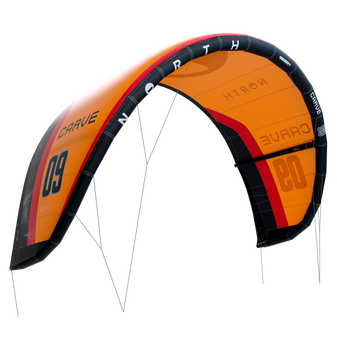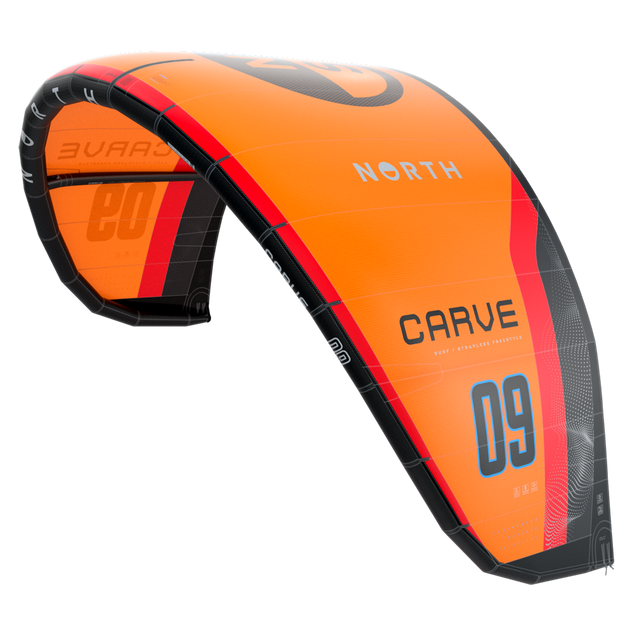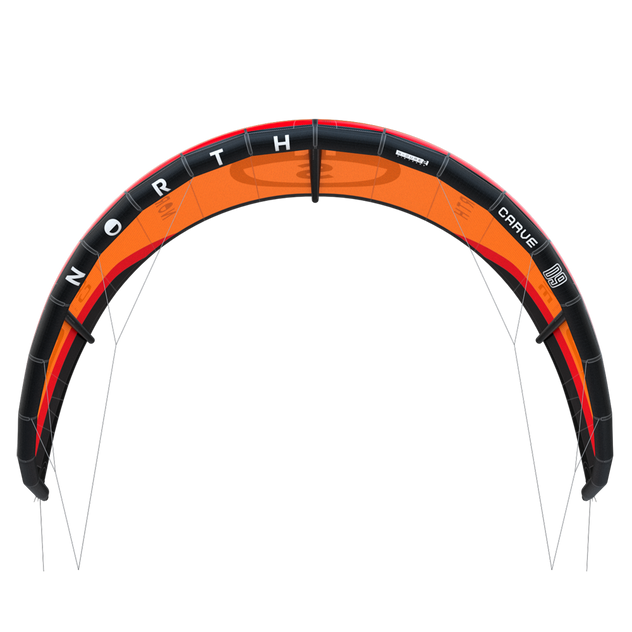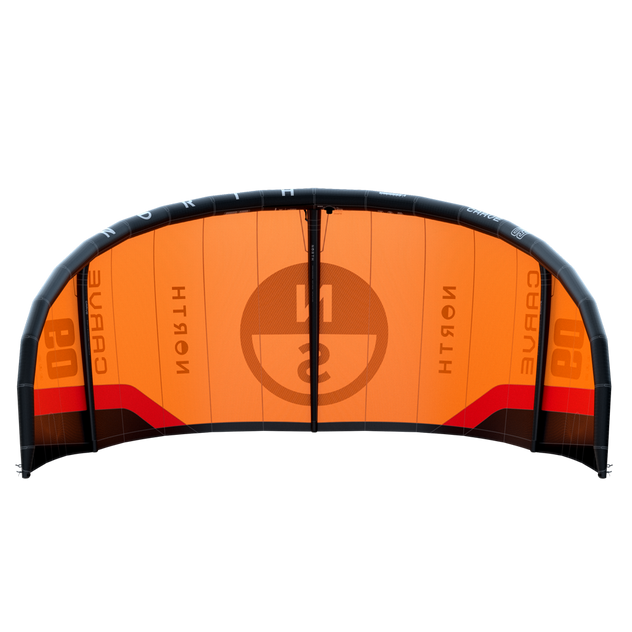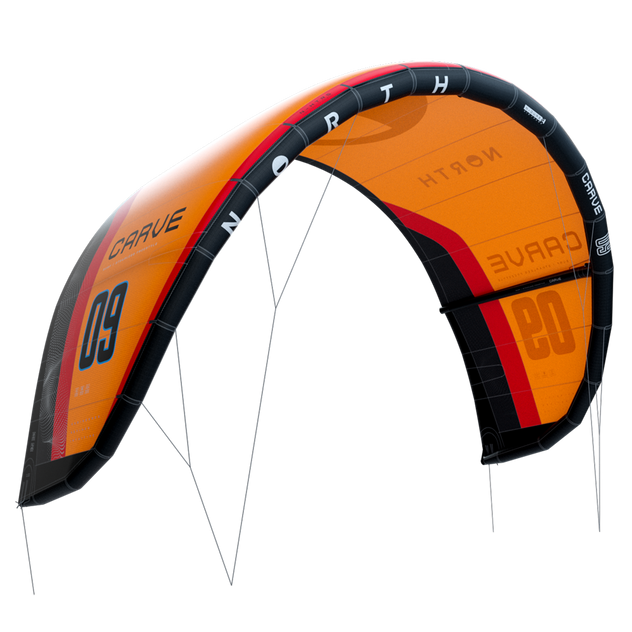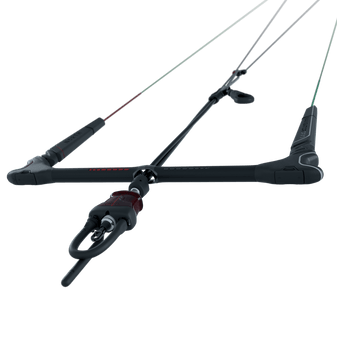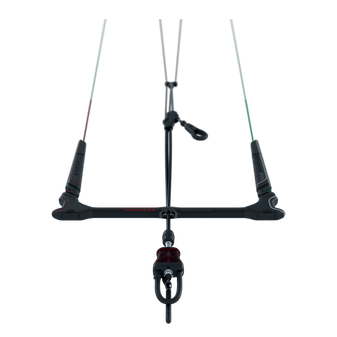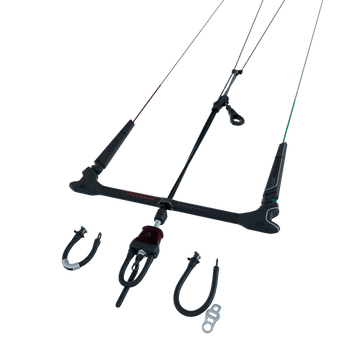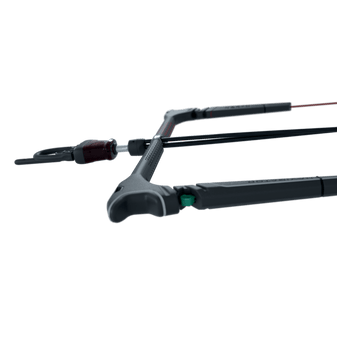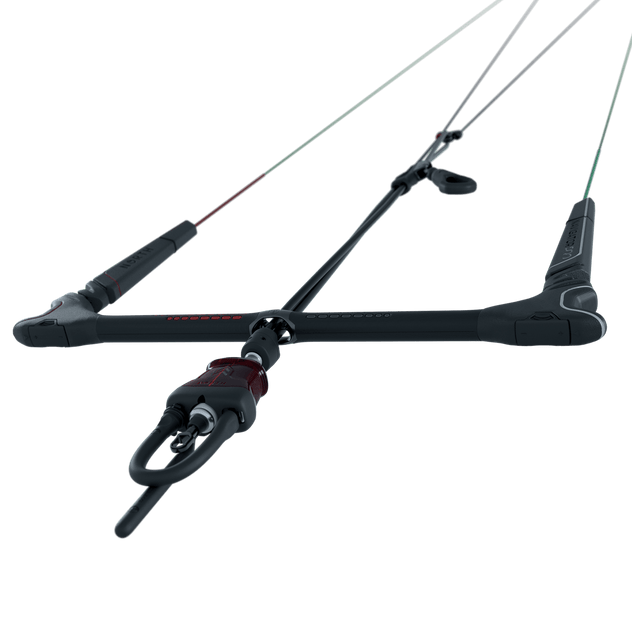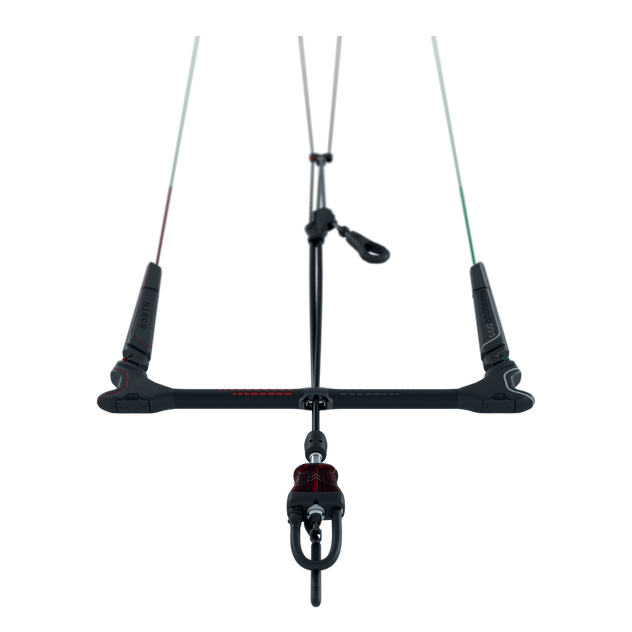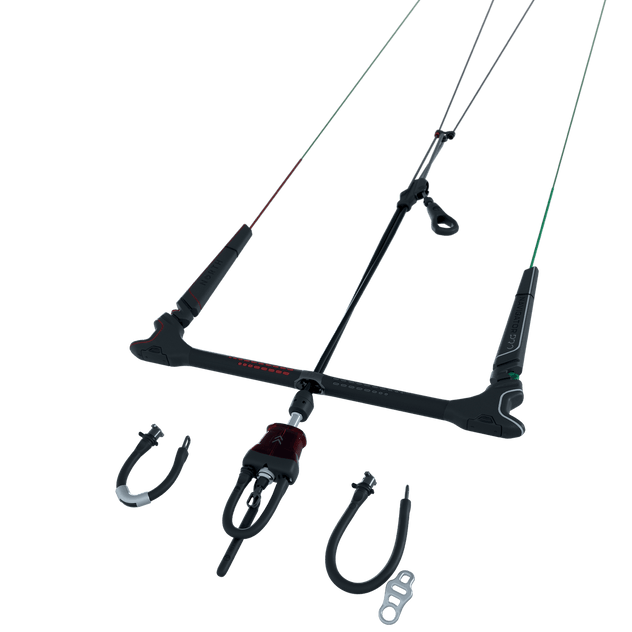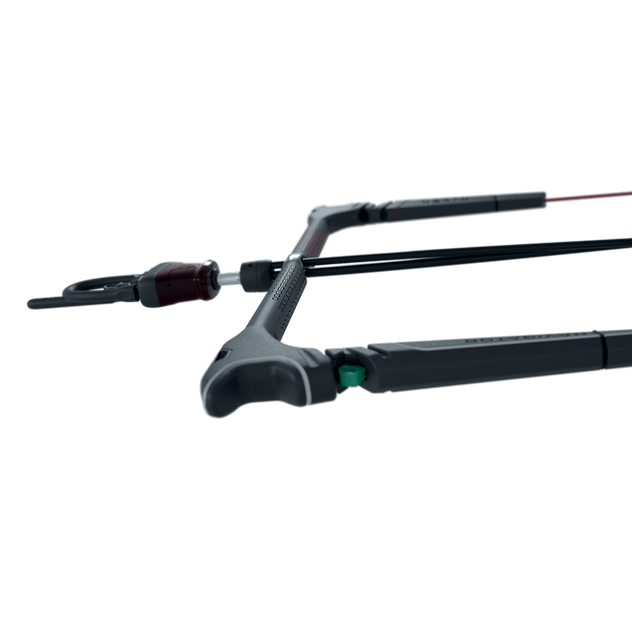Have your flying lines shrunk?
Has your kite been flying backwards lately?
When was the last time you checked your flying lines?
Hugh Pinfold, Director of Engineering at North Kiteboarding, runs us through the Navigator Control System line tuning process.
In normal use, when you sheet your kite right in, if your kite has a tendency to backstall or fly backwards, your rear lines may have shrunk. You can pull the trim handle in a little to correct – but if you’re needing to do this, it’s time to check your lines.
The Navigator Control System is kitted out with strong, thinner profile, pre-stretched flying lines for less parasitic drag and uncompromised direct performance. The lines are made of the latest technology high-load LIROS DC-401 Pro Dyneema, with extreme stretch resistance and minimal diameter.

With 88m of flying lines in the air you can really feel the difference thinner line creates – it’s a far more direct feel, with far less drag. Rider: Tom Bridge. Photo: Ydwer van der Heide.
But even the highest quality flying lines can shrink over time. All lines shrink – it's just the nature of having a braided line. As the coating wears off, sand, grit and salt crystals can enter the weave, altering its orientation, and causing shrinkage. The lines will also shrink unevenly because there is always more tension on your front lines. Over time, your rear lines (steering lines) will often end up shorter than your front lines.

Uneven line lengths can affect the angle of your kite and its flying characteristics. Rider: Marc Jacobs. Photo: Georgia Schofield.
How can you minimise shrinking?
1. Always rinse your lines in fresh water after use.
2. Check your lines while they are clean.
3. Fully tension the rear lines by laying into the lines with your body weight, this will help the weave to realign.
After about a month of use, we recommend you check all your lines are even. If any of the lines are not equal in length it will affect your kite’s flying characteristics. It’s easy and takes only a minute to adjust your lines. Watch Hugh’s video to find out how👆.
Mind the Gap.
Unlike other bars where the spinning handle is designed to sit flush with the bar, the Navigator factory setting allows a 2cm gap between the bar and the top spinning handle. We’ve done this primarily because in production there is always going to be some kind of tolerance.
If the rear lines are longer than the front lines, then your kite will not handle well. The kite will be undersheeted, so when you pull on the bar the kite won’t turn, and you’ll lose control of steering your kite. We’d far rather the kite has slightly longer front lines because oversheeting (when the front lines are longer) is easily remedied by pulling on some trim.

If the gap between the bar and spinning handle is larger than 2cm when you pull the bar in, your kites might be a little oversheeted - an easy fix. Rider: Jesse Richman. Photo: Ydwer Van der Heide.

To check your lines:
1. Rinse your lines in fresh water. Lay out the lines from the Control System and separate them.
2. Fasten the line ends to a rope or a strong line, attach to a stable object such as a tree. Note: Ensure you fasten to the line ends. Fastening to the pigtails can result in less accuracy.
3. Ensure the trim handle is fully open (i.e. the trim handle is touching the cleat)
4. Take the bar and pull the lines until tight – be sure to put an even load through both the front lines and the rear lines.
When the lines are fully tensioned, the top of the spinning handle should be approximately 2cm away from the bottom of the bar, and all lines should be exactly the same length. If the distance between the spinning handle and the bar is more than 2cm you’ll need to adjust your lines.
To correct uneven lines:
Follow steps 1-4 👆 to check your lines, then:
5. Try loading the shorter line more to stretch. Lay your body weight into it.
6. If the lines are still uneven: remove the bar width inserts and pull the lines out.
7. Loosen the larks head knot, and pull it down to the lower knot as required.
8. Repeat on the other side.
9. Load all lines again to check they are even and there is a 2cm gap.

Ensure you fasten the line ends – not the pigtails. Fastening to the pigtails can result in less line-length accuracy.

The Navigator factory setting allows a 2cm gap between the bar and the top of the spinning handle. If the gap is larger than 2cm, your kite might be a little oversheeted, which can cause it to fly backwards when you pull the bar right in.

To correct uneven lines, remove the bar width inserts and pull the line out, loosen the larks head knot, and pull it down to the lower knot as required.
CHECK OUT OUR NAVIGATOR BAR, LOOPS, LEASH AND LINE COLLECTION
